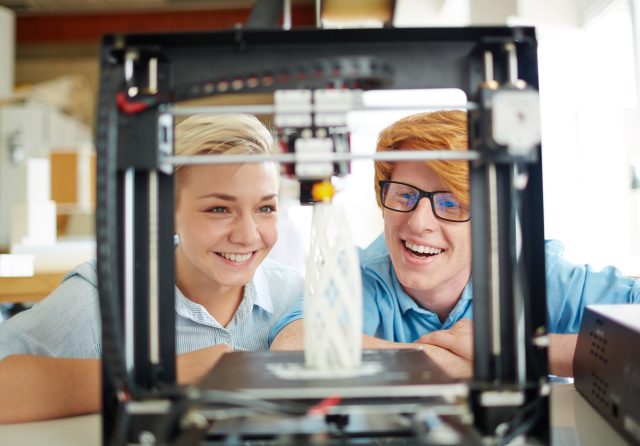
2023 has been an exciting time for the digital revolution, with everything from unique and innovative software and groundbreaking AI technology hitting the market seemingly every week. When it comes to architecture and construction, this is one of the niches that has been seeing some fantastic new tools and concepts being introduced. With the ability to do everything from streamline design processes, to offering fresh perspectives; 3D design software has been one of the hottest topics this year and is certainly the one to watch when building the future.
What is 3D design software bringing to the table?
3D design software has such a vast range of capabilities that it is becoming increasingly used in a host of design and construction projects. Right now, designers are seeing an increase in speed and an unrivalled level of quality when using visualization tools, with a far faster and more productive approach to generating designs, bringing construction to life and even building more purpose-driven, quality structures that meet the needs of clients, communities and landscapes. For example, the Zhuhai Jinwan Civic Art Centre in China is architecturally integrating four distinct cultural institutions (a grand theatre; a multifunctional hall, a science centre and an art museum) in a stunning, yet effortless construction that is highly impactful and wholly unique.
Benefits of 3D design in architecture and construction
Speed
Speed is undoubtedly one of the biggest perks of 3D visualization and design tools – and this can be applied to prototyping just as much as it can construction. Projects will not only be designed in 3D visual spaces, but concepts can also be rendered and modelled via 3D printing, giving contractors a 360° insight into the way buildings need to be assembled. This can improve the way that issues are handled, offer a new view when changes need to be made and overall take the headache out of traditional design/construction issues. The great news is that in these cases, speed no longer equals lesser quality.
Enhanced control
In architectural design and construction, there are often many moving parts and a host of individuals who will have varying competencies. This can make collaboration extremely difficult at times and communication can fall short when it comes to ensuring that all parties are satisfied through every phase of the project. 3D design is bridging these gaps by providing a more clear overview of projects, allowing more individuals to create multiple versions of a single design, make edits in real time and see a full view of models before they hit the building phase. Designers that offer this unique approach via 3D design are more dynamically meeting the needs of clients and are setting themselves above the competition.
The future of 3D design
As advancements continue, not only will there be a reduction in human error, a more collaborative approach to digital engineering and even progressive manufacturing protocols for building components and materials – but also a more immersive approach to development for both client/architect and architect/contractor relations.











